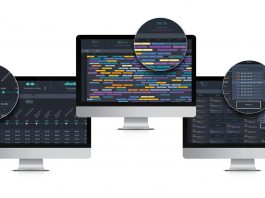A Japanese research group has developed a smartphone application that can be used to screen for carpal tunnel syndrome.
The group has combined motion analysis that uses a smartphone application with machine learning that uses an anomaly detection method, in order to develop a technique for detecting carpal tunnel syndrome.
The disease, most common in middle aged women, causes the nerves in the wrist to compress, leading to numbness and difficult moving fingers.
Currently, while accurate diagnosis can be reached using a nerve conduction study, this is not a widely used method because it requires expensive equipment and specialised skills.
As a result, this development using a simple screen tool to detect carpal tunnel syndrome is a significant advancement.
The research group, which includes Dr Koji Fujita of Tokyo Medical and Dental University, and associate professor Yuta Sugiura of Keio University, focused on increasingly poor movements of the thumb with the advancement of the disease, and analysed its characteristics.
They created a game for smartphones that can be played in less than a minute. It is played with the thumb and the team developed a programme that records the thumb’s trajectory during gameplay through the use of machine learning to assess the possibility of carpal tunnel syndrome.
Without even collecting patient data, the researchers were able to construct an estimate data of 12 asymptomatic participants using the anomaly detection method.
Then, when they applied the programme to 15 new asymptomatic subjects and 36 patients with carpal tunnel syndrome to authenticate its accuracy, the result was encouraging, with 93% sensitivity, 69% specificity, and 0.86 Area Under the Curve (AUC).
The application developed by the team can be used to screen for carpal tunnel syndrome in environments without experts in the field being present, such as the home or health centres.
Going forward, the researchers hope to develop a system that can promote examination by an expert when the disease is suspected.
The research was conducted as part of Japan Science and Technology Agency‘s Strategic Basic Research Program, Precursory Research for Embryonic Science and Technology (PRESTO).









